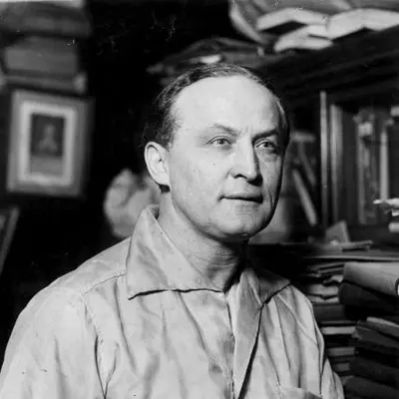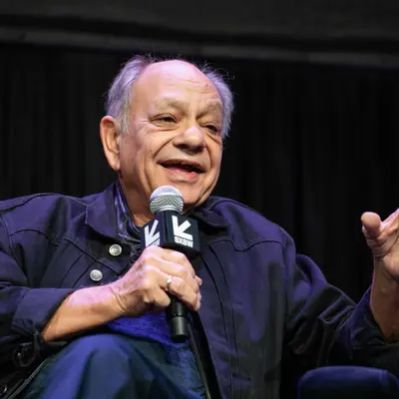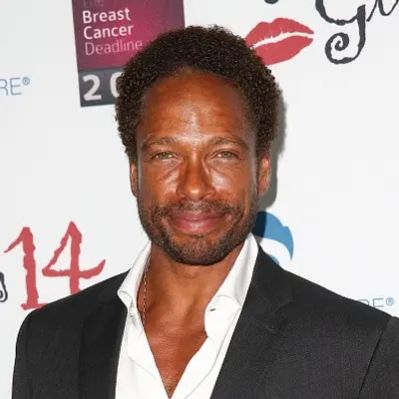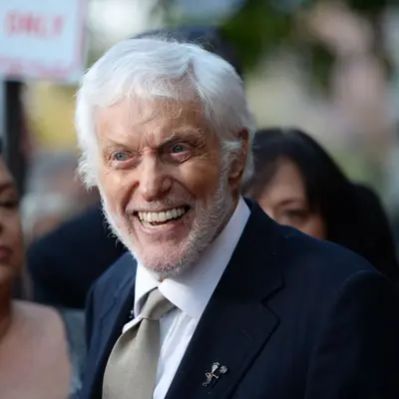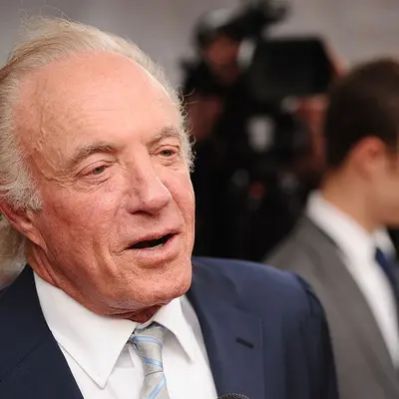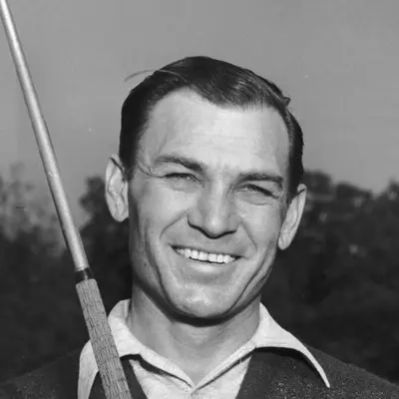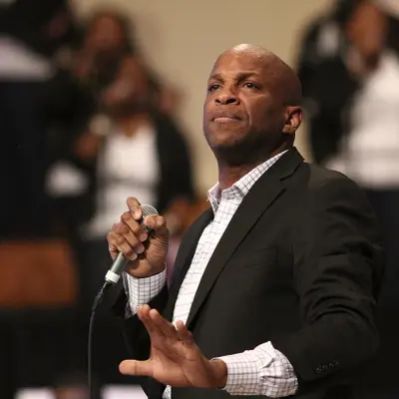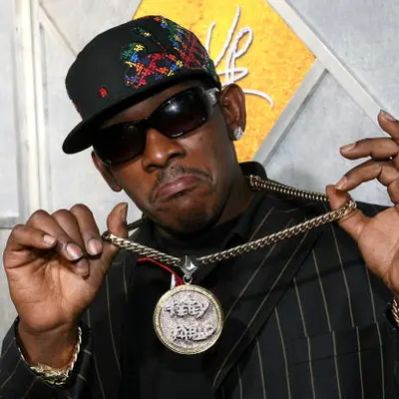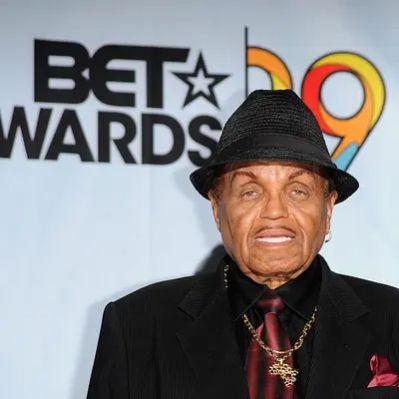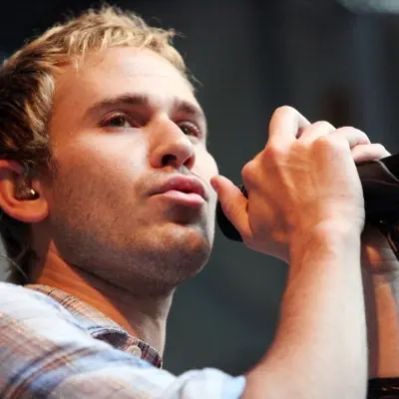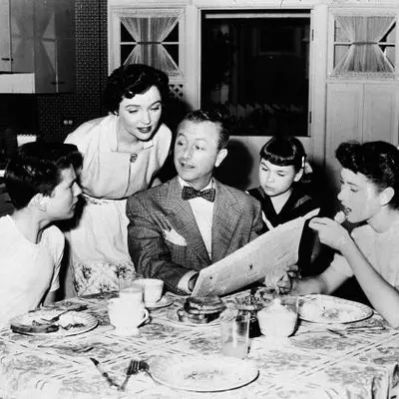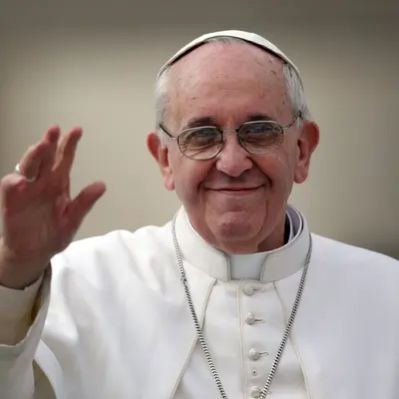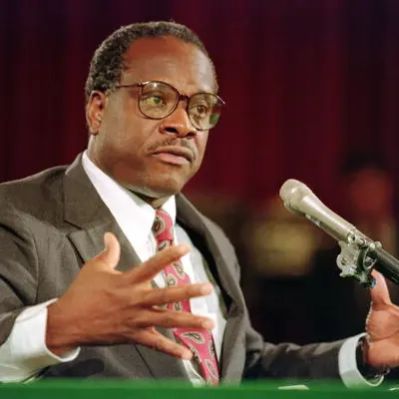What Is Harry Houdini’s Net Worth?
Harry Houdini, the world-renowned Hungarian-American illusionist and stunt performer, accumulated a net worth estimated at $500,000 during his lifetime. This figure, while seemingly modest by today’s celebrity standards, represents a considerable fortune in the early 20th century. Considering inflation, $500,000 in 1926, the year of his death, would be equivalent to approximately $8.5 million in 2025. Houdini’s wealth stemmed from a multifaceted career that included highly lucrative stage performances, film appearances, book publications, and strategic investments.
Houdini’s Earnings: A Breakdown of Income Sources
Houdini’s primary source of income was his mesmerizing stage performances. His escape acts, which defied logic and captivated audiences, commanded significant ticket prices. While precise figures for individual performances are difficult to obtain, contemporary reports suggest that Houdini was one of the highest-paid performers of his time. For instance, his challenge to police forces to restrain him, billed under the name “Harry Handcuff Houdini,” quickly gained notoriety, leading to packed theaters and substantial revenues. A single performance could easily generate hundreds, if not thousands, of dollars – a considerable sum given the average wage during that era. Houdini’s canny self-promotion and marketing skills further amplified his earning potential.
The escape from special handcuffs commissioned by London’s Daily Mirror in 1904 stands out as a pivotal moment. This stunt, witnessed by thousands, dramatically boosted his fame and subsequently, his income. The media frenzy surrounding this event and similar high-profile escapes fueled ticket sales for years to come. Furthermore, Houdini’s acts, like the Milk Can Escape, the Chinese Water Torture Cell, and the suspended straight jacket escape, were innovative and visually stunning, justifying premium ticket prices and attracting a diverse audience.
Beyond live performances, Houdini ventured into the burgeoning film industry. While his acting career did not reach the same heights as his stage persona, it contributed to his overall net worth. He starred in six films, including “The Master Mystery” (1918), a 15-part serial, and “The Grim Game” (1919), known for its dangerous stunts. Although these films were not massive box office successes, they provided a steady stream of income and expanded his public profile. It’s also important to note that Houdini wasn’t just an actor; he was also involved in the production aspects of his films, which likely increased his share of the profits. Contract details from these early films are scarce, but it is known that popular performers could negotiate favorable terms, including a percentage of the film’s gross revenue.
Houdini’s literary endeavors also added to his financial portfolio. He authored seven books, including “The Right Way to Do Wrong” (1906) and “Miracle Mongers and Their Methods” (1920). These books, which explored the world of magic, illusion, and debunking fraudulent spiritualists, sold reasonably well and generated royalties. While the exact sales figures and royalty rates are unavailable, these publications undoubtedly contributed to his overall net worth. Furthermore, writing these books solidified his reputation as an authority on magic and the paranormal, increasing his value as a performer and public figure.
It’s essential to consider that Houdini’s income was also influenced by his role as President of the Society of American Magicians. While this position was primarily honorary, it enhanced his credibility and professional standing, attracting more opportunities and higher fees. Moreover, Houdini’s commitment to exposing fake artists and upholding professional standards within the magic community further solidified his reputation and contributed to his overall success.
Real Estate and Personal Investments
Details about Houdini’s real estate holdings are somewhat limited, but it is known that he owned a brownstone at 278 West 113th Street in Harlem, New York City. This property served as his primary residence and a hub for his magic-related activities. While the exact purchase price and current value of this property are unknown, owning real estate in New York City during that era represented a significant investment. Furthermore, it is plausible that Houdini owned other properties or made strategic investments in various ventures, though concrete details remain elusive.
Given his entrepreneurial spirit and business acumen, it is highly likely that Houdini diversified his income through investments in stocks, bonds, or other ventures. Unfortunately, specific information about his investment portfolio is unavailable, but it is reasonable to assume that he sought to grow his wealth beyond his primary income streams.
Lifestyle and Spending Habits
Houdini’s lifestyle reflected his success and celebrity status. He enjoyed traveling the world, often accompanied by his wife, Wilhelmina Beatrice Rahner, known as Bess. These travels, which were both for leisure and professional engagements, involved significant expenses related to transportation, accommodation, and entertainment. Houdini was also known for his passion for collecting books and artifacts related to magic and spiritualism. This collecting habit likely involved considerable expenditure on rare and valuable items. While precise details about his spending habits are scarce, it is evident that Houdini lived a comfortable and lavish lifestyle, befitting his status as one of the world’s most famous entertainers.
Houdini’s dedication to debunking mediums and psychics also involved significant expenses. He often employed elaborate methods to expose fraudulent practices, including hiring private investigators and conducting undercover operations. These activities, while motivated by a desire to protect the public from deception, undoubtedly contributed to his overall expenditure.
Legacy and Final Years
Harry Houdini passed away on October 31, 1926, at the age of 52, from peritonitis. His sudden death marked the end of an era in the world of magic and entertainment. While his net worth of $500,000 represented a substantial fortune at the time, his true legacy lies in his contributions to the art of illusion and his enduring impact on popular culture. Houdini’s name remains synonymous with daring escapes, mind-bending illusions, and unwavering determination. Numerous biographical films, books, and documentaries continue to celebrate his life and achievements, ensuring that his legend lives on for generations to come.
It is important to acknowledge that assessing Houdini’s net worth with absolute precision is challenging due to the limited availability of detailed financial records from that era. However, based on available evidence and contemporary accounts, the estimated figure of $500,000 provides a reasonable approximation of his financial standing at the time of his death.
 Net Worth Ranker
Net Worth Ranker
